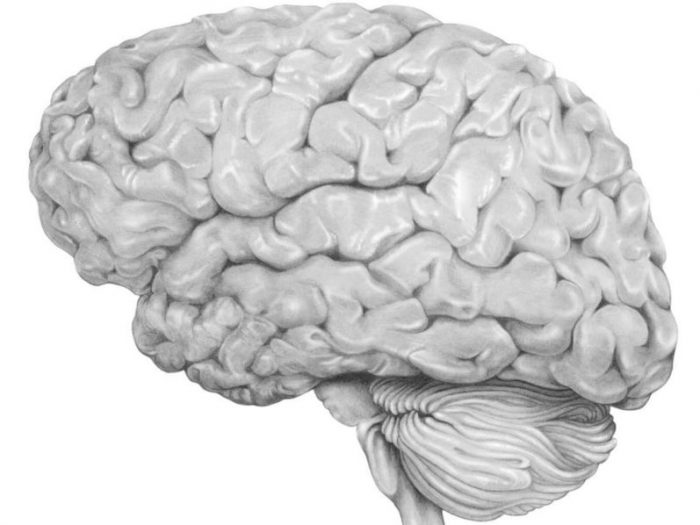New research suggests that low-to-moderate alcohol consumption may reduce cognitive decline in older adults.
A new study has found that low-to-moderate alcohol consumption may slow cognitive decline in adults of middle age or older.
The research, which appears in the journal JAMA Open Network, lays the ground for future research to corroborate these findings and determine the underlying mechanism for the relationship.
Alcohol and health
Drinking alcohol is a central part of many cultures across the world. Beyond the immediate adverse effects of a hangover, drinking alcohol in excess has associations with various poor health outcomes.
According to the Centers for Disease Control and Prevention (CDC), excessive alcohol use includes heavy drinking (more than eight or 15 drinks a week for women and men, respectively), binge drinking (drinking four or five drinks in about 2 hours for women and men, respectively), or drinking while underage or pregnant.
The CDC define a drink as 14 grams of pure alcohol. This amount roughly equates to a 12-ounce (oz) can of 5% beer, a 5-oz glass of 12% wine, a 4-oz glass of 15% wine, or a single 1.5-oz shot of 40% distilled spirit or liquor.
The CDC note that excessive alcohol drinking is associated with various health problems. These include:
- damage to the liver
- inflammation of the pancreas
- increased risk of cancer
- hypertension
- psychological disorders
- unintentional injuries that a person sustained while drunk
- harm to the fetus if a woman drinks while pregnant
- sudden infant death syndrome
- alcohol use disorder
Research has shown that the misuse of alcohol is a leading cause of illness and death and that any level of alcohol drinking, particularly in men who drink spirits, increases the risk of high blood pressure and stroke.
However, there is also evidence that low-to-moderate alcohol consumption — fewer than eight or 15 standard drinks in the United States per week for women and men, respectively — can have a beneficial effect on health, including various cardiovascular diseases.
The effects of low-to-moderate alcohol consumption on cognitive decline in later life have been mixed. Some research has found evidence that it may be protective, while other research suggests that it is probably not harmful. Conversely, some studies have found that it can exacerbate poor brain health.
The authors of the present study noted that previous studies exploring the relationship between alcohol consumption and cognitive decline are often limited in two ways.
First, they typically rely on single measures of cognitive decline, when it can present in a variety of ways. Second, they typically take into account net follow-up time to cognitive decline, despite the decline often being greater or lesser depending on age rather than general time passed.
As a consequence, the authors of the present research developed their study to take these factors into account, with the aim of better understanding the effects of low-to-moderate alcohol consumption on cognitive decline in older age.
About 20,000 participants
The authors drew on data from the Health and Retirement Study, which was a longitudinal study involving about 20,000 adults of middle age or older living in the U.S.
The sample that the researchers used was representative of the U.S. population, and they tracked the participants for an average time of 9.1 years.
The team regularly assessed the participants’ cognitive functioning during this time, focusing on three measures: total word recall, mental status, and vocabulary. They split the participants into those with persistently high scores across time and those with persistently low scores across time.
The participants also gave information on how many alcoholic drinks they consumed on average. During the data analysis, the researchers separated them into three groups: those who never drank, those who used to drink, and those who currently drink.
They then further classified drinkers as low-to-moderate drinkers (fewer than eight or 15 drinks per week for women and men, respectively), or heavy drinkers (more than moderate drinking).
Low-to moderate drinking may protect against cognitive decline
After analyzing the data, the researchers found that low-to-moderate drinking was associated with better cognitive outcomes across all three measures for middle-aged and older adults.
As other factors could be responsible for this association, the researchers took age, sex, race/ethnicity, educational level, marital status, and body mass index (BMI) into account in the analysis. The association between consistently high cognitive scores and low-to-moderate drinking persisted.
While this was true in general across the study, the researchers found that the association between low-to-moderate alcohol consumption and protection against cognitive decline was stronger for white participants than for Black participants. However, there were fewer Black participants, and this could account for the lack of strong association.
The researchers also noted that about 5% of women and 15% of men drank excessive amounts of alcohol, meaning that public health awareness campaigns that focus on this issue are still crucial. Drinking more than 14 drinks (self-defined) had worse cognitive outcomes for vocabulary, while more than 10 drinks impacted negatively on word recall.
Future research
While the study demonstrates an association between low-to-moderate alcohol drinking and protection against cognitive decline in later life, it is not yet clear why this is the case. According to study author Dr. Ruiyuan Zhang of the Department of Epidemiology and Biostatistics, University of Georgia College of Public Health, Athens, and his co-authors:
“The role of alcohol drinking in cognitive function may be a balance of its beneficial and harmful effects on the cardiovascular system. Among low-to-moderate drinkers, the beneficial effects may outweigh the harmful effects on the cardiovascular system.”
Future research to corroborate the study’s findings is important, given the previous conflicting research on the topic. In addition, if research conclusively demonstrates low-to-moderate alcohol consumption as protective against cognitive decline in older age, future research to help understand why this is the case is important so that clinicians can best advise their patients.











